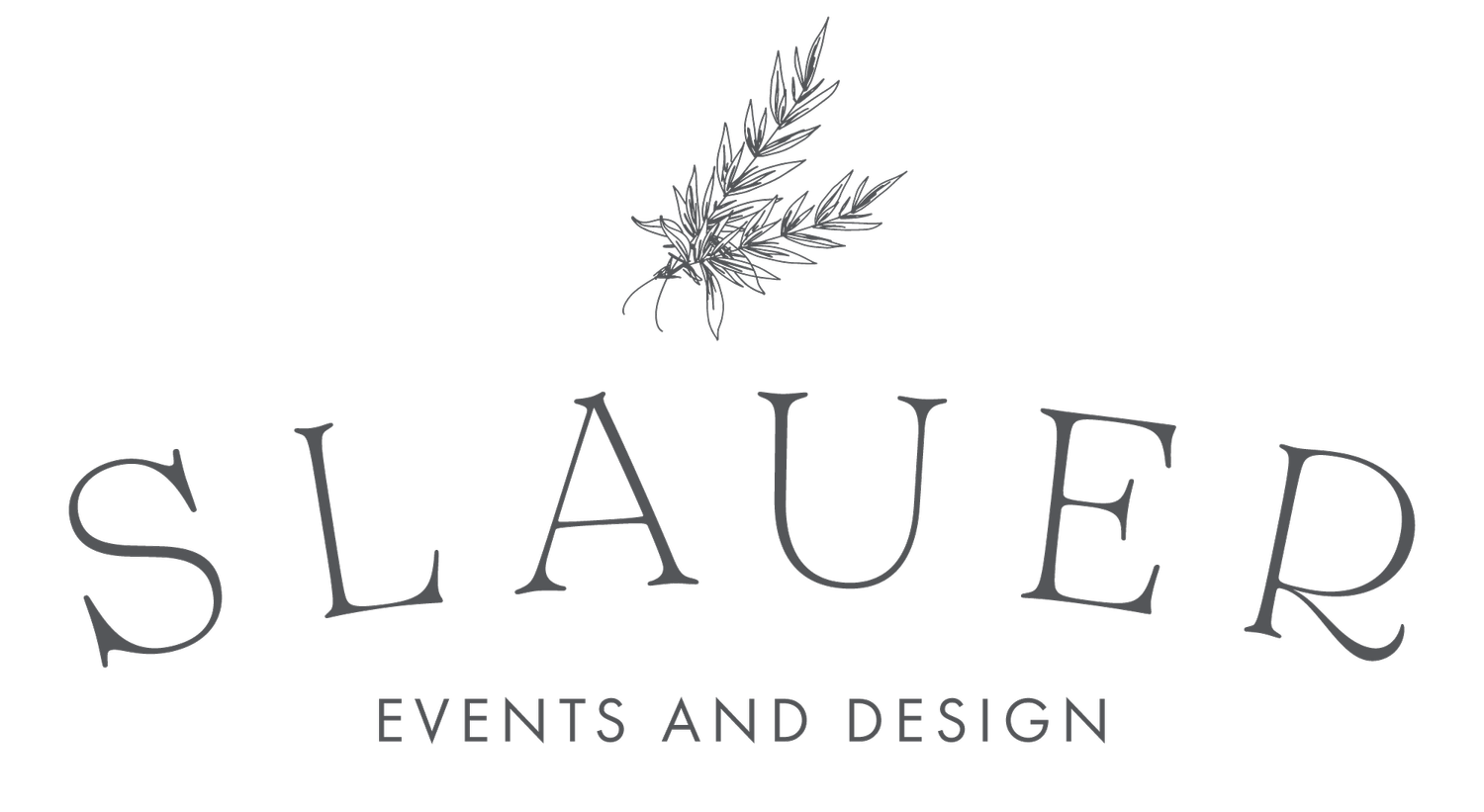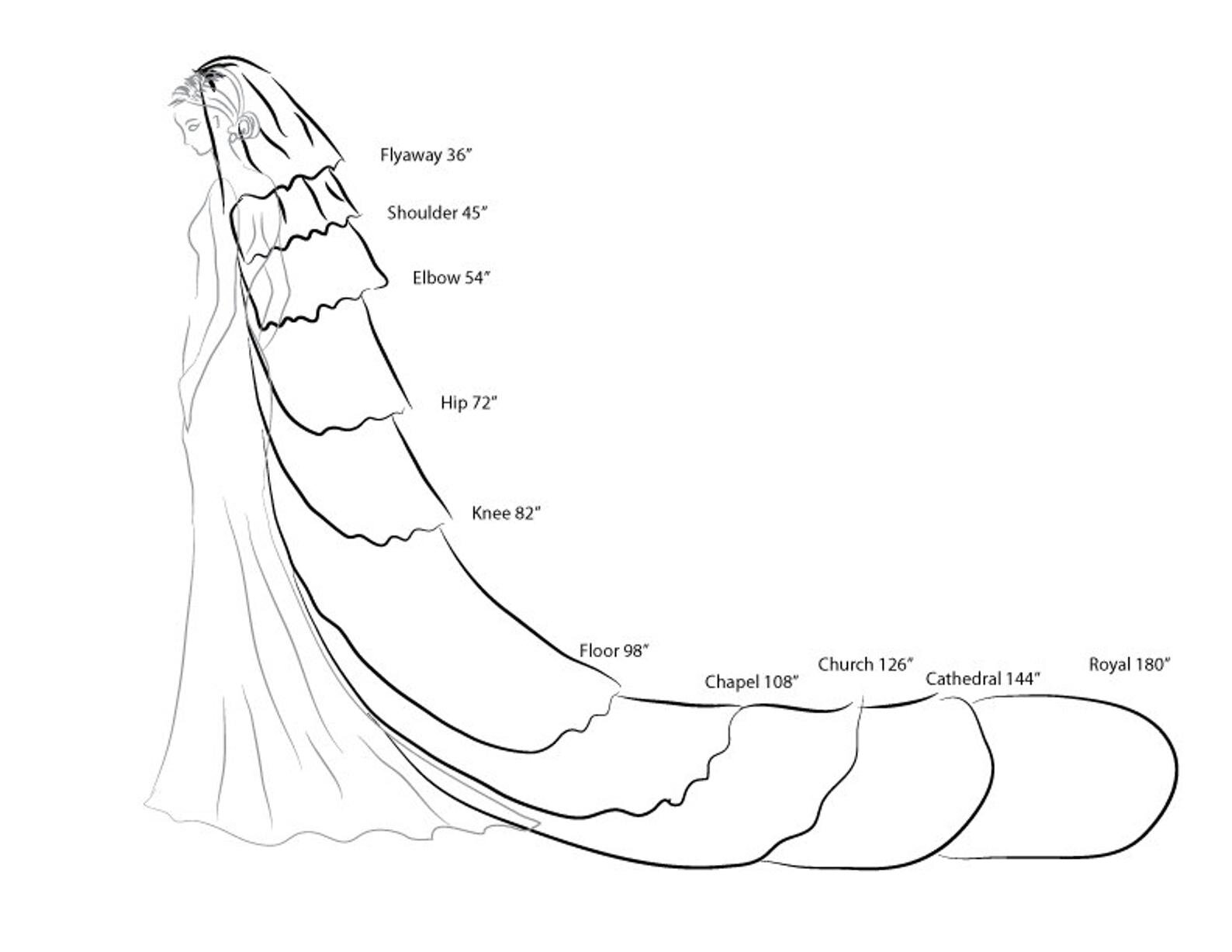Everything You Need to Know About Veils
In my book, veils are the most “bridal” wedding day accessory! They add drama and detail to the bride’s look, and there’s really no other opportunity in life to wear one. I knew I wanted to incorporate a veil when I was searching for my own wedding dress back in 2014, but had no idea where to start or what to ask for. For that reason, I thought it’d be helpful to do a little vocab lesson on veils today. That way, when you’re searching for your own, you will know what’s out there and will have the words you need to ask for it. So- there are 3 categories to think about when it comes to veils: style, length, and fabric.
Style
A few styles I love include mantilla, circle (also called drop), birdcage, and juliet cap veils.
1. MANTILLA VEILS
These veils offer a bit of Spanish flair. The intricate lace border is a great way to add some texture and detail if you’ve chosen a smooth and simple dress.
Photo by Abigail Malone | Veil by The Mantilla Company | HMU by Margaret Snider | Planning by Slauer Events
Photo by Abigail Malone | Veil by The Mantilla Company | HMU by Margaret Snider | Planning by Slauer Events
2. CIRCLE VEILS
This type of veil is a circular cut of fabric that is dropped over the bride’s head (which is why they’re also called drop veils). It slightly obscures the bride’s face until the it’s lifted at the end of the aisle, adding to the drama of the bridal processional. Once the veil is lifted, it is folded over and lays nicely behind the bride’s head. I chose this type of veil for my own wedding (pictured below) from Wedding Angels in Roswell, GA. Still love it to this day!
Photo by Carrie Joy Photography
Photo by Carrie Joy Photography
3. BIRDCAGE VEILS
These little veils crate a vintage vibe. Because they’re small, they don’t cause any any hinderance moving around in your wedding day attire.
Photo by Elizabeth Messina Photographs
Photo by The Cablook Fotolab
4. JULIET CAP VEILS
These cap veils evoke a roaring 20s vibe. They’re stylish and old fashioned in the best way. It’s a great way to keep your look unique, and they go well with both short and long hairstyles.
Photo by Young Glass Photography
Photo by Whitney Heard | Veil by Blair Nadeau
Length
The birdcage veil is of course the shortest veil available, but many of these styles come in varying lengths. When choosing your veil’s length, it’s important to consider the style and shape of your wedding dress, the way you plan to wear your hair, and also your comfortability (as long veils can be a bit cumbersome). If you’re planning an outdoor ceremony, remember that shorter and mid-length veils could get swept up in the wind during your ceremony since they aren’t quite heavy enough to stay put against a strong wind. Examples of some past Slauer Events brides are below. Diana (left) is wearing a chapel length veil, and Caroline (right) dons a cathedral length veil.
Drawing courtesy of KendraJBridal
Photo by Candace Photography | HMU by Susanna Wom | Planning by Danielle Appleman of Slauer Events
Photo by Garter & Whiskey | HMU by Beauty Asylum | Planning by Slauer Events
Fabric
If you don’t live in the wedding industry, you may not know many terms for the materials that make up wedding day attire. A few popular fabrics for veils include standard tulle, silk tulle, and English net. Standard tulle is crisp and has some volume and structure. It won’t press against your face as you’re walking down the aisle, and it’s also more affordable. Silk tulle and English net are heavier, softer, and more flowy, creating an uber-romantic look. One of our past clients is pictured below (left) showcasing the her gorgeous tulle veil. An example of silk tulle is below on the right.
Photo by Tara Parker Photography | HMU by Ashley Mooney | Planning by Slauer Events
Photo by Jose Villa













